Skype: neodalle-travel
Tel: +86 135 7447 2266
E-mail: sales@visitaroundchina.com
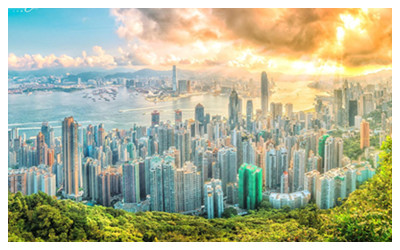 Taiyuan is located in central Shanxi Province of North China. It borders Xinzhou City in the north, Yangquan City in the east, Luliang City in the west, and Jinzhong City in the south. It is the political, economic, and cultural center of Shanxi Province. And it is an important military and cultural center in northern China and one of China's important energy and heavy industry bases. It is also an excellent tourist city and a national garden city in China.
Taiyuan is located in central Shanxi Province of North China. It borders Xinzhou City in the north, Yangquan City in the east, Luliang City in the west, and Jinzhong City in the south. It is the political, economic, and cultural center of Shanxi Province. And it is an important military and cultural center in northern China and one of China's important energy and heavy industry bases. It is also an excellent tourist city and a national garden city in China.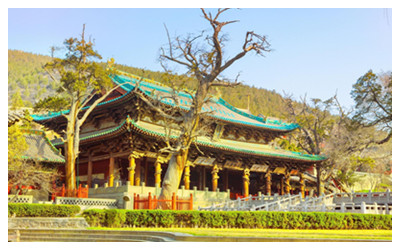 |
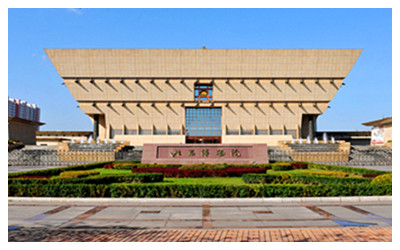 |
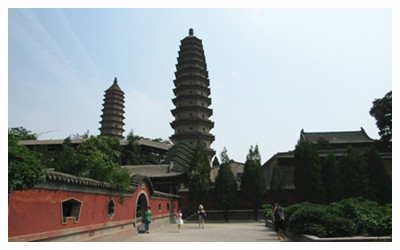 |
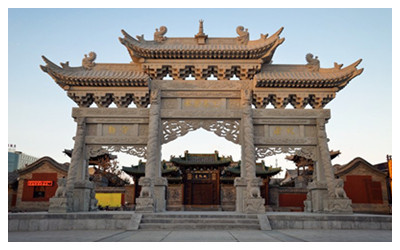 |
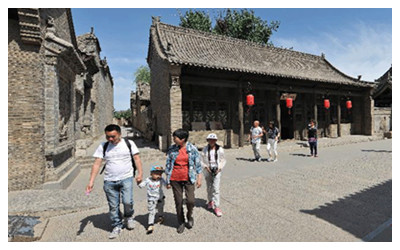 |
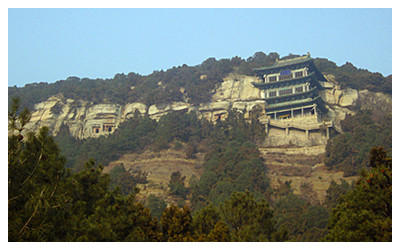 |
| Qinglong Ancient Town | Tianlong Mountain Grottoes |
The city has a wealth of attractions and notably among these is the Jinci Temple. This is the city's most attractive temple although the Shuangta Si (Twin-Pagoda Temple) has become a symbol of the city on account of its unique architecture. Another major attraction is the Tianlong Shan Stone Caves where magnificent sculptures dating from the Tang Dynasty (618-907) may be seen.
When to visit aiyuan?
The city has a cold semi-arid climate. In spring, Taiyuan is dry with occasional dust storms, followed by early summer heat waves. Most of the year's rainfall is concentrated in July and August. Winters are long and cold, but dry and sunny. The average annual temperature is 9.5 Celsius and the average annual precipitation is 456 millimeters.It is the best time to visit Taiyuan from May to October every year.
How to reach Taiyuan?
Taiyuan benefits from convenient public transport systems as the city is the provincial transportation hub. Accommodation facilities have become more and more advanced over recent years and range from 5-star hotels to a selection of comfortable guest houses.
Taiyuan Travel Tips
1. Festival: Initiated in 1991, Shanxi Taiyuan International Folk Arts Festival is held annually in September, and every other year in the city. Groups from Russia, Korea, Japan, Singapore and Inner Mongolia attend the festival and perform for audiences. Within the festival, an exhibition of fine arts, painting, paper-cutting, sculpture, drama, acrobatic and the culture of costume will open your eyes to a wealth of international folk culture.
2. Local products: The gourmand should be aware that Shanxi noodles are highly reputed all over the country, as well as the local vinegar. Other local delicacies are the Tou Nao, the Steamed Dumpling, Sausages and Mutton Soup. To accompany these wholesome foods there are Fen Jiu (Fen Wine) and Zhuye Qing (Zhuye Qing Wine). As well as its cuisine the city is noted for products such as finely crafted lacquer ware.
3. Local Highlights: It has a 2500-year history and in ancient times was an important military town. Now it is one of China's heavy industrial cities and accounts for more than half the national coal mining output. While the local emphasis is upon heavy industry certain aspects of city life such as cultural development has suffered from some neglect. This could be a problem and needs action to be taken.
 Ask Questions ?
Ask Questions ?